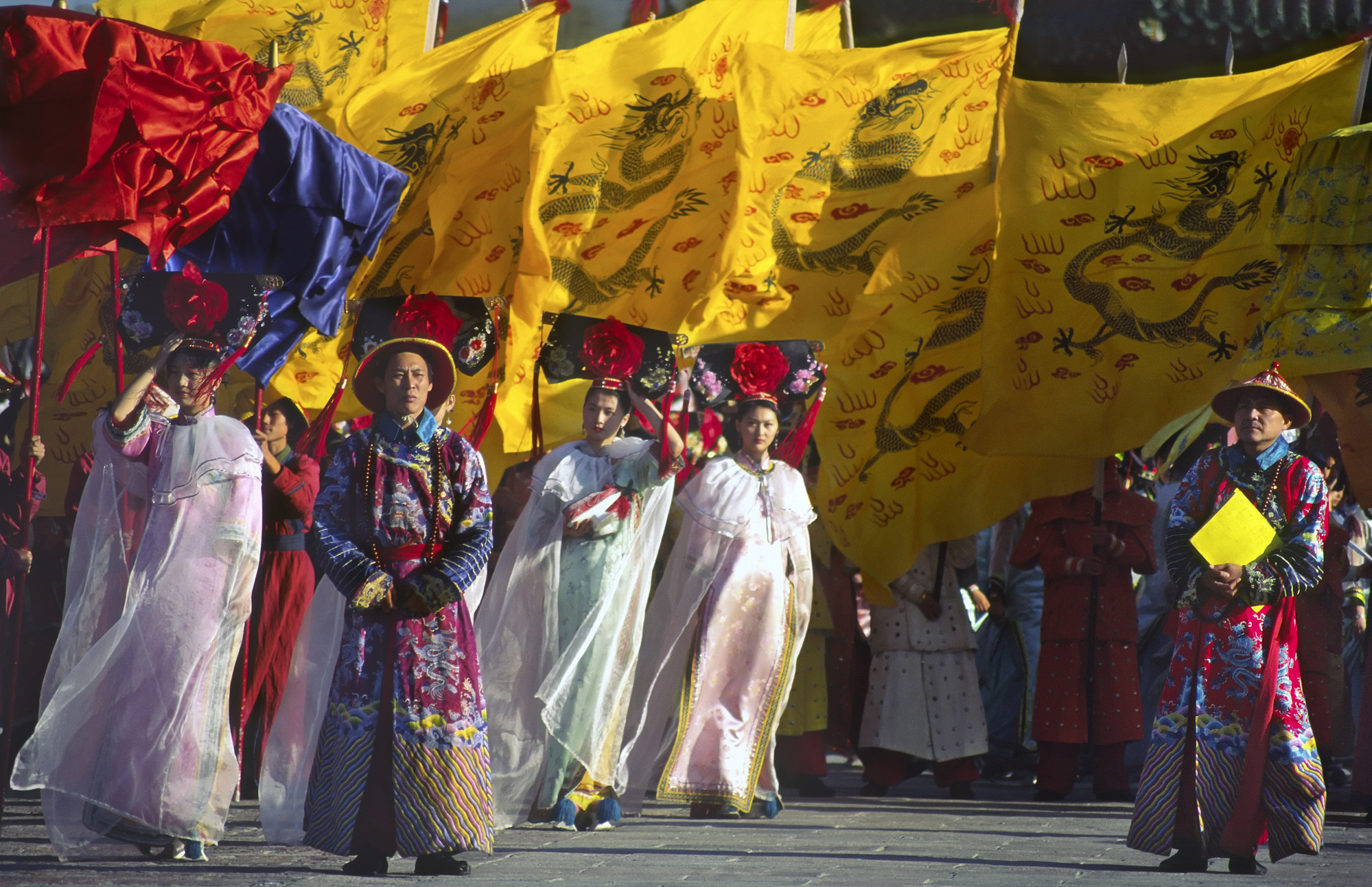The English word “dragon” was borrowed from French dragon – a mythical monster, traditionally represented as a gigantic clawed, scaly skinned, winged reptile, sometimes breathing out fire.
This derived from Latin dracōnem (with nominative form draco), which referred to a huge serpent or dragon, from Greek δράκων, drakon, for “serpent, giant seafish”. This came from ancient Greek drak-, the strong stem (indicating a past action without end) of the verb δέρκεσθαι, derkesthai, meaning “to see clearly”, with roots in Proto Indo European *derk “to see”.
Drakon was thus the one with a clear, piercing look.


The word is found in many languages of the region, including Vietnamese, rồng, Korean, ryong>yong, and Japanese, ryū.
Asian dragons symbolise spirituality, power, nobility, rain, good fortune – in contrast with aggressive fire-breathing Western monsters.
The dragon was associated with the Emperor of China, a symbol of imperial power. The Azure Dragon was on the Qing dynasty flag and the Republic of China’s state emblem; a golden Chinese dragon supported the colonial arms of Hong Kong.

Some connotations have a darker side. Hong Kong Cantonese lùhng, “dragon”, is slang for “serpent” or “money”.
And the phrase “chasing the dragon”, from 1950s Hong Kong Cantonese zēoi lùhng, refers to the practice of heating heroin on tinfoil and inhaling the resulting vapours: the moving fumes of the molten powder resemble the undulating tail of the mythical Chinese dragon, with the user chasing to inhale this through a small tube of bamboo or rolled paper.
More positively, after the Chinese imperial dragon emblem alluding to the remaining capitalist economies in the area, the post-1980s phrase “little dragon” encompasses the newly industrialised and economically successful East and Southeast Asian countries or regions, especially Hong Kong, Singapore, Taiwan, and South Korea.

